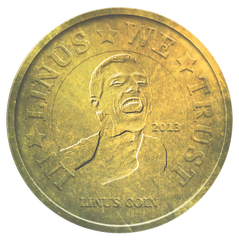[Featured on Geforce Garage] Scratch Build - Hardwood Walnut Maple Case.
-
Topics
-
1
-
SyndiShanX ·
Posted in Audio6 -
Nexxus ·
Posted in Programs, Apps and Websites3 -
ds5018 ·
Posted in Troubleshooting4 -
5
-
Muzzy2002 ·
Posted in New Builds and Planning4 -
modern_officer ·
Posted in Laptops and Pre-Built Systems5 -
5
-
Coding2bLazy ·
Posted in Troubleshooting9 -
Thezgamer75 ·
Posted in Troubleshooting1
-
-
play_circle_filled

Latest From Linus Tech Tips:
The BRIGHTEST Monitor We've EVER Seen - Sun Vision rE rLCD Display
-
play_circle_filled

Latest From ShortCircuit:
The World's Fastest CPU (Technically...) - Intel i9-14900KS

















Create an account or sign in to comment
You need to be a member in order to leave a comment
Create an account
Sign up for a new account in our community. It's easy!
Register a new accountSign in
Already have an account? Sign in here.
Sign In Now